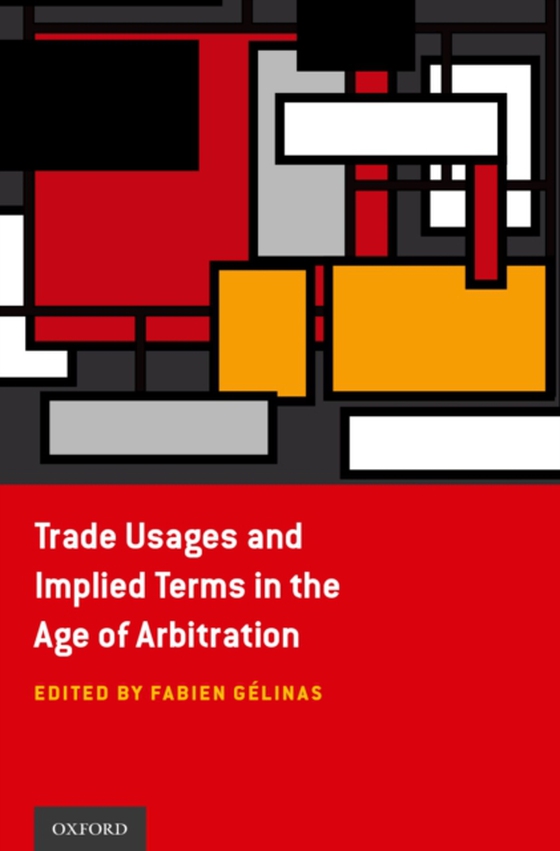
Trade Usages and Implied Terms in the Age of Arbitration e-bog
1021,49 DKK
(inkl. moms 1276,86 DKK)
If a dispute between commercial parties reaches the stage of arbitration, the cause is usually ambiguous contract terms. The arbitrator often resolves the dispute by applying trade usages, either to interpret the ambiguous terms or to determine what the given contract's terms really are. This recourse to trade usages does not create many problems on the domestic level. However, international ar...
E-bog
1021,49 DKK
Forlag
Oxford University Press
Udgivet
8 april 2016
Længde
400 sider
Genrer
LBHT
Sprog
English
Format
epub
Beskyttelse
LCP
ISBN
9780190237066
If a dispute between commercial parties reaches the stage of arbitration, the cause is usually ambiguous contract terms. The arbitrator often resolves the dispute by applying trade usages, either to interpret the ambiguous terms or to determine what the given contract's terms really are. This recourse to trade usages does not create many problems on the domestic level. However, international arbitrations are far more complex and confusing. Trade Usages and Implied Terms in the Age of Arbitration provides a clear explanation of how usages, and more generally the implicit or implied content of international commercial contracts, are approached by some of the most influential legal systems in the world. Building on these approaches and taking account of arbitral practice, this book explores possible conceptual frameworks to help shape the emerging transnational law of trade usage. Part I covers the treatment and conceptual grounding of usages and implied terms in the positive law of influential jurisdictions. Part II defines the approach to usages and implied terms adopted in the design and implementation of important uniform law instruments dealing with international business contracts, as well as in the practice of international commercial arbitration. Part III concludes the book with an outline of what the conceptual grounding of trade usages could be in the transnational law of commercial contracts.
 Dansk
Dansk

